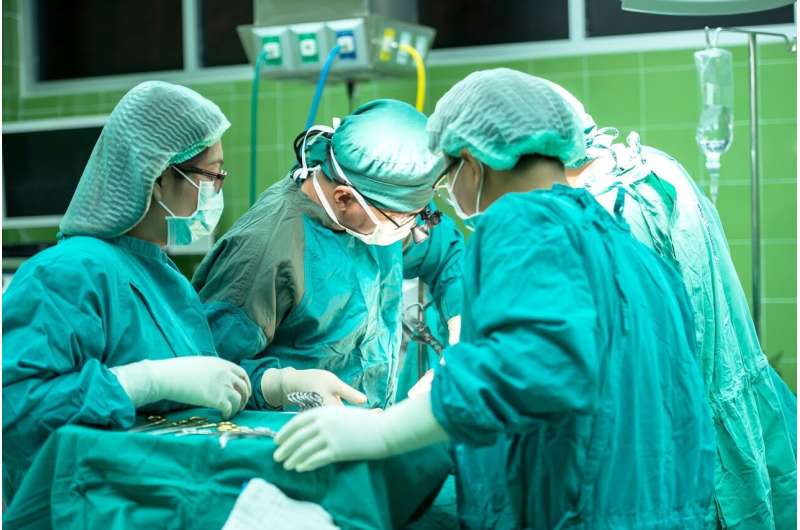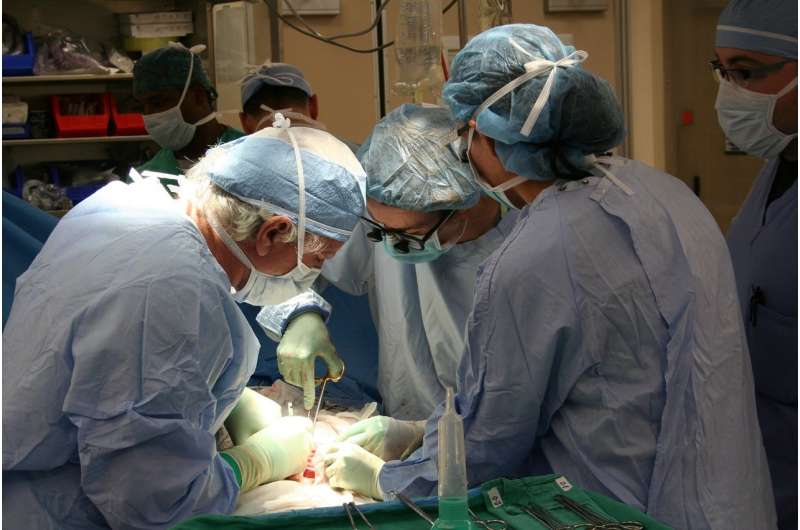Silicosarcoidosis: A New Term Defines a Unique Occupational Lung Disease

In a groundbreaking study, researchers from National Jewish Health and collaborating scientists across Colorado, Illinois, Taiwan, and Israel have introduced a novel medical term: silicosarcoidosis. This term describes a distinct form of lung disease characterized by overlapping features of silicosis and sarcoidosis, two serious pulmonary conditions often linked to occupational exposure to respirable crystalline silica (RCS). RCS is commonly encountered in industries like construction, mining, and engineered stone manufacturing.
The study, published in the American Journal of Industrial Medicine, is the first large series of cases that thoroughly characterizes silicosarcoidosis through lung biopsies. It highlights the importance of recognizing this condition for improved diagnosis, treatment, and occupational health policies. Lead author Jeremy Hua, MD, an occupational pulmonologist, emphasized that coining this term aims to enhance disease identification and underscores occupational exposure as a modifiable risk factor.
The research included 35 patients from the US, Israel, and Taiwan, all with confirmed sarcoidosis and a history of long-term RCS exposure. Lung tissue analyses showed that most patients exhibited classic signs of both silicosis and sarcoidosis. Notably, sarcoidosis—a systemic inflammatory disease of unclear origin—is increasingly associated with environmental and occupational risks, yet exposure histories are often overlooked.
A key aspect of the study was the use of advanced microscopy techniques, which detected elevated silica particle densities in lung tissues, confirming silica overexposure. Larger biopsy samples proved more effective in diagnosing silica-related features, suggesting standard small samples might miss critical evidence.
Hua stated that this research clarifies the complex overlap of these lung diseases and reinforces the significance of exposure history in pulmonary diagnostics. The introduction of 'silicosarcoidosis' may influence both treatment strategies and preventive measures, especially in clinical settings.
Overall, the findings advocate for heightened awareness of occupational exposure risks and encourage comprehensive diagnostic approaches to better manage and prevent occupational lung diseases.
Stay Updated with Mia's Feed
Get the latest health & wellness insights delivered straight to your inbox.
Related Articles
Global Shortfall in Essential Surgical Care Affects Over 160 Million Patients Annually
Over 160 million people annually lack access to vital surgical procedures, with low- and middle-income countries bearing the brunt, highlighting urgent global health disparities in surgical care.
Emerging Role of Immunotherapy for Organ Transplant Patients with Advanced Cancer
New research reveals that carefully managed immunotherapy can benefit organ transplant recipients with advanced cancer, offering promising survival outcomes despite some rejection risks.
New Role Discovered for Antibody-Producing Cells in Flu Infection Response
A groundbreaking study uncovers a new role for antibody-producing B cells in enhancing immune responses to influenza by producing key signaling molecules that support long-term immunity, opening new possibilities for vaccines and therapies.



